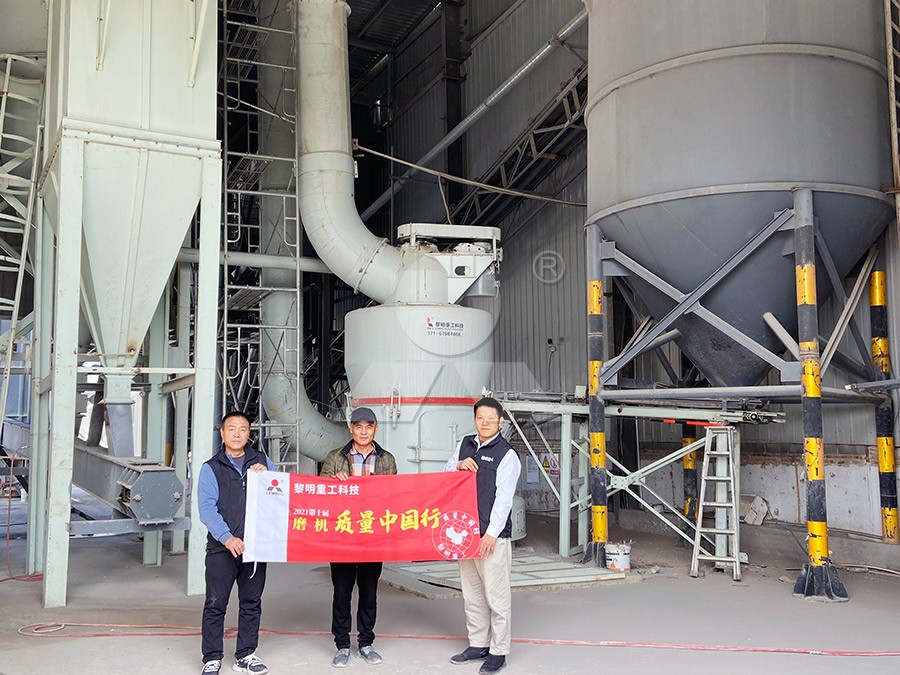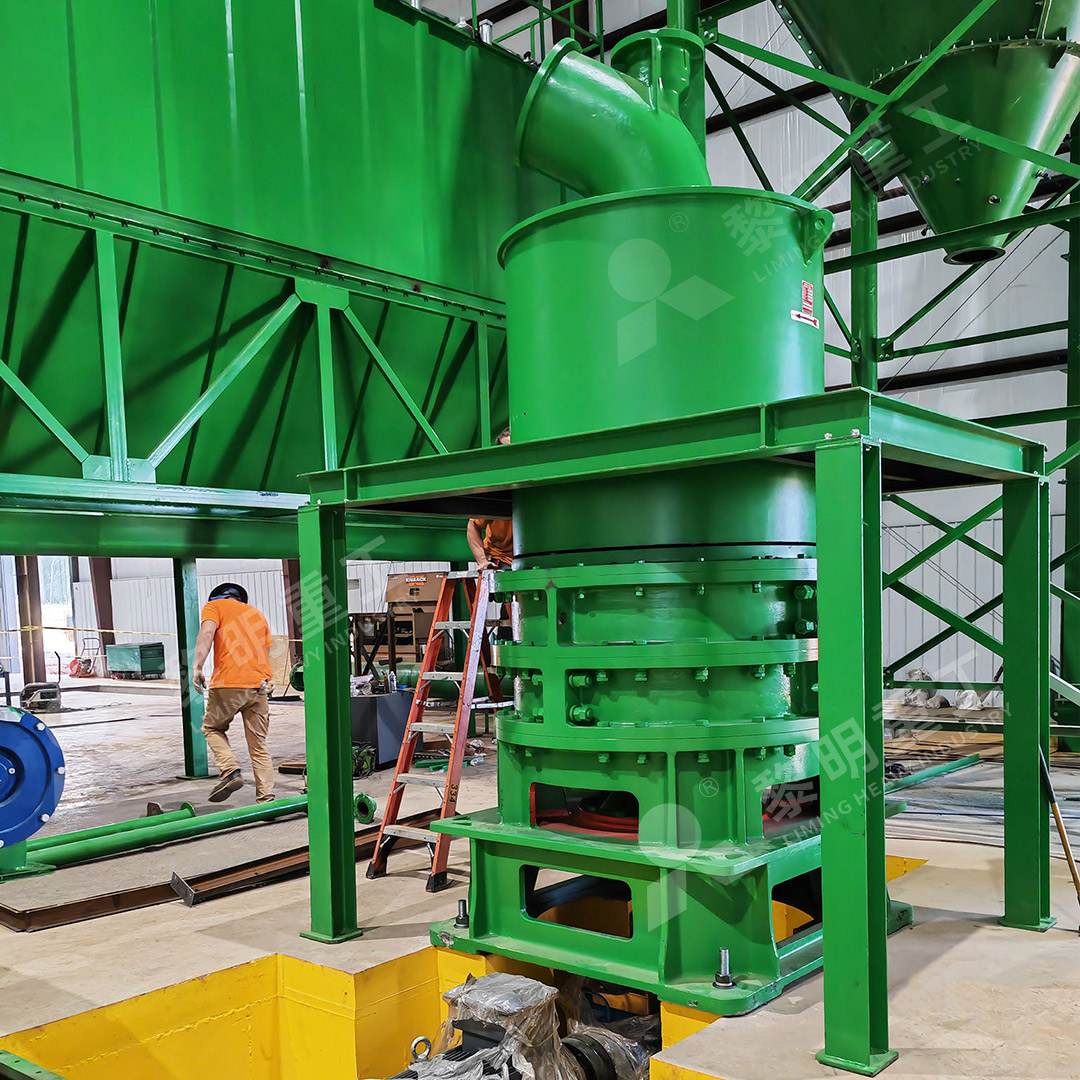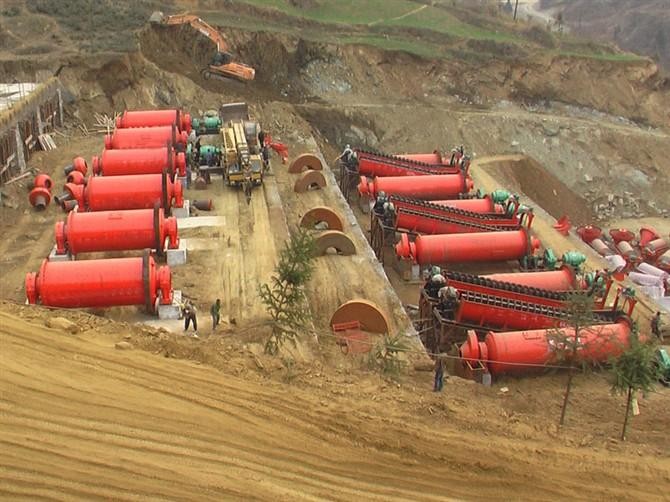What Type of Liner is Used in an 800 Model Quartz Sand Grinding Mill?
What Type of Liner is Used in an 800 Model Quartz Sand Grinding Mill?
When selecting equipment for quartz sand processing, one of the most critical considerations is the grinding mechanism and the materials used in its construction. Quartz sand, with its high silica content and abrasive nature, demands robust grinding solutions that can withstand prolonged wear while maintaining product quality. The “800 model” designation typically refers to medium-capacity industrial grinding mills, and the choice of liner material in these systems directly impacts operational efficiency, maintenance costs, and final product purity.

The Critical Role of Grinding Mill Liners
In quartz sand grinding applications, liners serve as protective barriers between the grinding elements and the mill housing. Their primary function is to absorb the abrasive impact of the hard quartz particles, which typically measure 7 on the Mohs hardness scale. Without proper liner protection, the mill’s structural components would rapidly deteriorate, leading to contamination of the final product with metallic impurities and frequent equipment downtime.
The ideal liner for quartz sand grinding must balance several competing requirements: exceptional abrasion resistance to extend service life, appropriate hardness to minimize product contamination, and sufficient toughness to withstand impact forces without cracking. Additionally, the liner profile affects grinding efficiency by influencing how material is lifted and cascaded within the mill chamber.
Advanced Grinding Solutions for Quartz Applications
For operations processing quartz sand in the 0.5-25 tph range with feed sizes up to 20mm, the MW Ultrafine Grinding Mill presents an optimized solution. This system incorporates several design innovations specifically beneficial for abrasive materials like quartz sand. Its grinding chamber notably eliminates rolling bearings and screws in areas exposed to the grinding process, preventing common failure points in conventional designs. The absence of these components in the grinding zone significantly reduces the risk of metallic contamination—a crucial consideration when producing high-purity quartz flour for applications in electronics, optics, and high-grade glass manufacturing.

The MW series employs specially formulated high-chromium alloy liners that demonstrate exceptional resistance to quartz abrasion. These liners are precision-machined using numerical control technology to ensure perfect fit and optimal performance. The hardened surface provides extended service life while maintaining consistent grinding efficiency throughout the liner’s operational cycle. For operations requiring even finer control over product specifications, the mill’s cage-type powder selector—incorporating German technology—enables precise fineness adjustment between 325-2500 meshes, with screening rates achieving d97≤5μm in a single pass.
Environmental and Operational Considerations
Quartz sand grinding generates significant dust, making effective containment systems essential for both worker safety and environmental compliance. The integrated pulse dust collector in advanced grinding systems captures over 99.9% of particulate matter, ensuring clean operation. Additionally, noise reduction technologies including mufflers and dedicated noise elimination rooms address the acoustic challenges inherent in hard mineral processing.
Maintenance accessibility represents another critical factor in liner selection. Systems designed with external lubrication points allow for routine maintenance without production stoppages, while reversible structures and hydraulic adjustment systems facilitate straightforward liner inspection and replacement. These features collectively minimize downtime—a significant cost factor in continuous processing operations.

Material Science Behind Modern Liners
Contemporary quartz grinding mill liners typically utilize alloy steels containing chromium, molybdenum, and nickel in carefully balanced proportions. The specific composition varies by manufacturer and application requirements, with some premium liners incorporating ceramic composites in high-wear areas. The metallurgical treatment—including heat treatment protocols—determines the final hardness-toughness balance, with optimal liners typically exhibiting surface hardness between 58-65 HRC.
The geometric design of liners has evolved significantly, with modern profiles engineered to maximize grinding efficiency while distributing wear evenly. Wave-type liners, for instance, create optimal lifting action for the grinding media, while classifying designs help segregate particles by size for more efficient comminution. These advancements contribute to energy savings of 30-50% compared to traditional designs while extending liner service life by 40-70%.
Frequently Asked Questions
What is the typical service life of liners in quartz sand grinding applications?
Liner lifespan varies based on quartz hardness, operating parameters, and liner material, but typically ranges from 3,000 to 8,000 operating hours for premium alloy liners in continuous service.
How does the MW Ultrafine Grinding Mill prevent metallic contamination?
The MW series eliminates rolling bearings and screws from the grinding chamber entirely, while its specialized liner system creates a protective barrier that minimizes metal-to-mineral contact during processing.
Can the same grinding mill handle different mineral types?
While possible, we recommend dedicated systems for quartz processing to prevent cross-contamination. The MW Ultrafine Grinding Mill can be configured specifically for quartz applications.
What maintenance schedule is recommended for grinding mill liners?
We recommend visual inspection every 500 hours and detailed measurement of liner thickness every 1,500 hours. Most operations plan liner replacement when wear reaches 60-70% of original thickness.
How does fineness adjustment work in modern grinding mills?
Advanced systems like the MW mill use multi-head cage-type powder selectors with PLC control, allowing operators to precisely adjust fineness between 325-2500 meshes without mechanical modifications.
